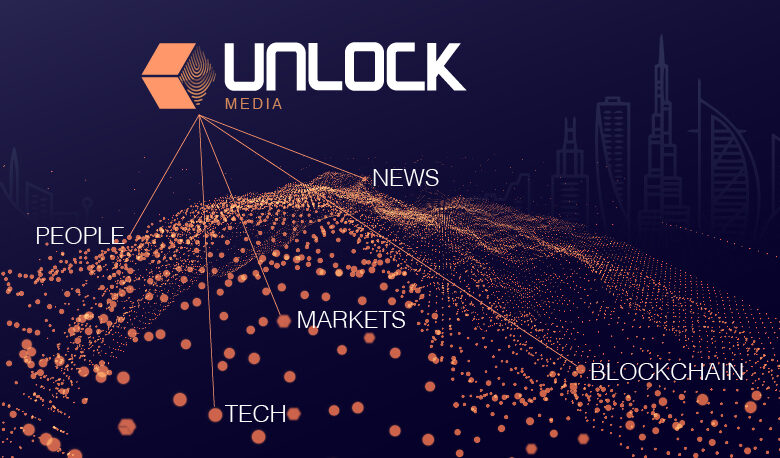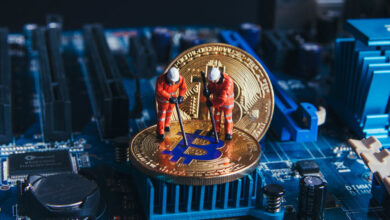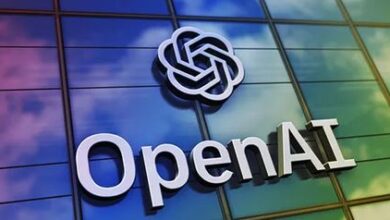Artificial Intelligence And Blockchain: 3 Major Benefits Of Combining These Two Mega-Trends

Bernard Marr, in this article, is going to look at how encrypted, distributed ledgers could unlock new frontiers for another cutting-edge technology: artificial intelligence (AI).
AI, as the term is most often used today is, simply put, the theory and practice of building machines capable of performing tasks that seem to require intelligence. Currently, cutting-edge technologies striving to make this a reality include machine learning, artificial neural networks and deep learning.
Meanwhile, blockchain is essentially a new filing system for digital information, which stores data in an encrypted, distributed ledger format. Because data is encrypted and distributed across many different computers, it enables the creation of tamper-proof, highly robust databases which can be read and updated only by those with permission.
Although much has been written from an academic perspective on the potential of combining these ground-breaking technologies, real world applications are sparse at the moment. However, he expects this situation to change in the near future.
So here are three ways in which AI and blockchain are made for each other.
1. AI and encryption work very well together
Data held on a blockchain is by its nature highly secure, thanks to the cryptography which is inherent in its filing system.
What this means is that blockchains are ideal for storing the highly sensitive, personal data which, when smartly processed, can unlock so much value and convenience in our lives. Think of smart healthcare systems that make accurate diagnoses based on our medical scans and records, or even simply the recommendation engines used by Amazon or Netflix to suggest what we might like to buy or watch next.
Of course, the data which is fed into these systems (after being collected from us as we browse or interact with services) is highly personal. The businesses that deal in it must put up large amounts of money to meet the standards expected of them in terms of data security. And even so, large-scale data breaches leading to the loss of personal data are increasingly common (and increasingly large!).
Blockchain databases hold their information in an encrypted state. This means that only the private keys must be kept safe – a few kilobytes of data – in order for all of the data on the chain to be secure.
AI has plenty to bring to the table in terms of security, too. An emerging field of AI is concerned with building algorithms which are capable of working with (processing, or operating with) data while it is still in an encrypted state. As any part of a data process which involves exposing unencrypted data represents a security risk, reducing these incidents could help to make things much safer.
2. Blockchain can help us track, understand and explain decisions made by AI
Decisions made by AIs can sometimes be hard for humans to understand. This is because they are capable of assessing a large number of variables independently of each other and “learning” which ones are important to the overall task it is trying to achieve.
As an example, AI algorithms are expected to increasingly be used in making decisions about whether financial transactions are fraudulent, and should be blocked or investigated.
For some time though, it will still be necessary to have these decisions audited for accuracy by humans. And given the huge amount of data that can be taken into consideration, this can be a complex task. Walmart, for example, feeds a months’ worth of transactional data across all of its stores into its AI systems which make decisions on what products should be stocked, and where.
If decisions are recorded, on a datapoint-by-datapoint basis, on a blockchain, it makes it far simpler for them to be audited, with the confidence that the record has not been tampered with between the information being recorded and the start of the audit process.
No matter how clearly we can see that AI offers huge advantages in many fields, if it isn’t trusted by the public, then its usefulness will be severely limited. Recording the decision-making process on blockchains could be a step towards achieving the level of transparency and insight into robot minds that will be needed in order to gain public trust.
3. AI can manage blockchains more efficiently than humans (or “stupid” conventional computers)
Traditionally, computers have been very fast, but very stupid. Without explicit instructions on how to perform a task, computers can’t get them done. This means that, due to their encrypted nature, operating with blockchain data on “stupid” computers requires large amounts of computer processing power. As an example, the hashing algorithms used to mine blocks on the Bitcoin blockchain take a “brute force” approach – effectively trying every combination of characters until they find one which fits to verify a transaction.
AI is an attempt to move away from this brute force approach, and manage tasks in a more intelligent, thoughtful manner. Consider how a human expert on cracking codes will, if they are good, become better and more efficient at code-breaking as they successfully crack more and more codes throughout their career. A machine learning-powered mining algorithm would tackle its job in a similar way – although rather than having to take a lifetime to become an expert, it could almost instantaneously sharpen its skills, if it is fed the right training data.
Clearly, blockchain and AI are two technological trends which, while ground-breaking in their own rights, have the potential to become even more revolutionary when put together. Both serve to enhance the capabilities of the other, while also offering opportunities for better oversight and accountability.





